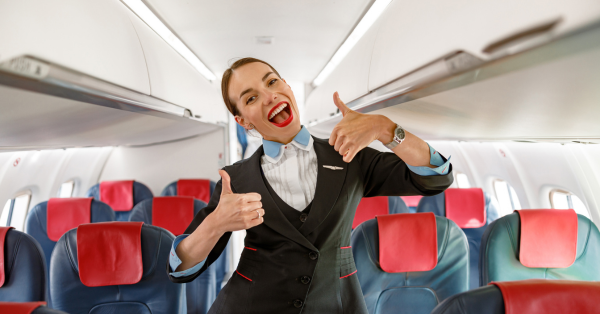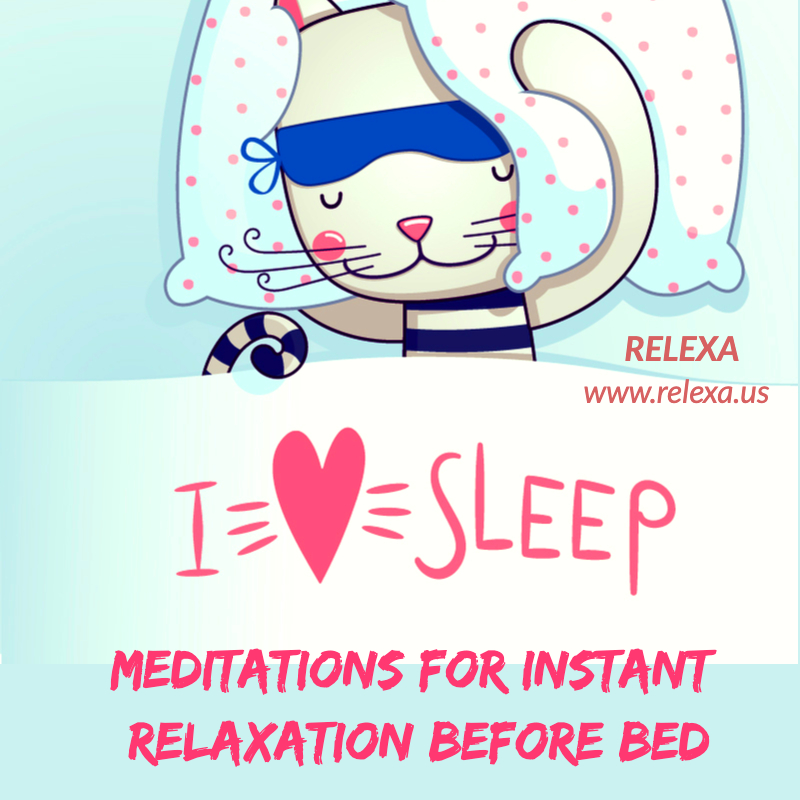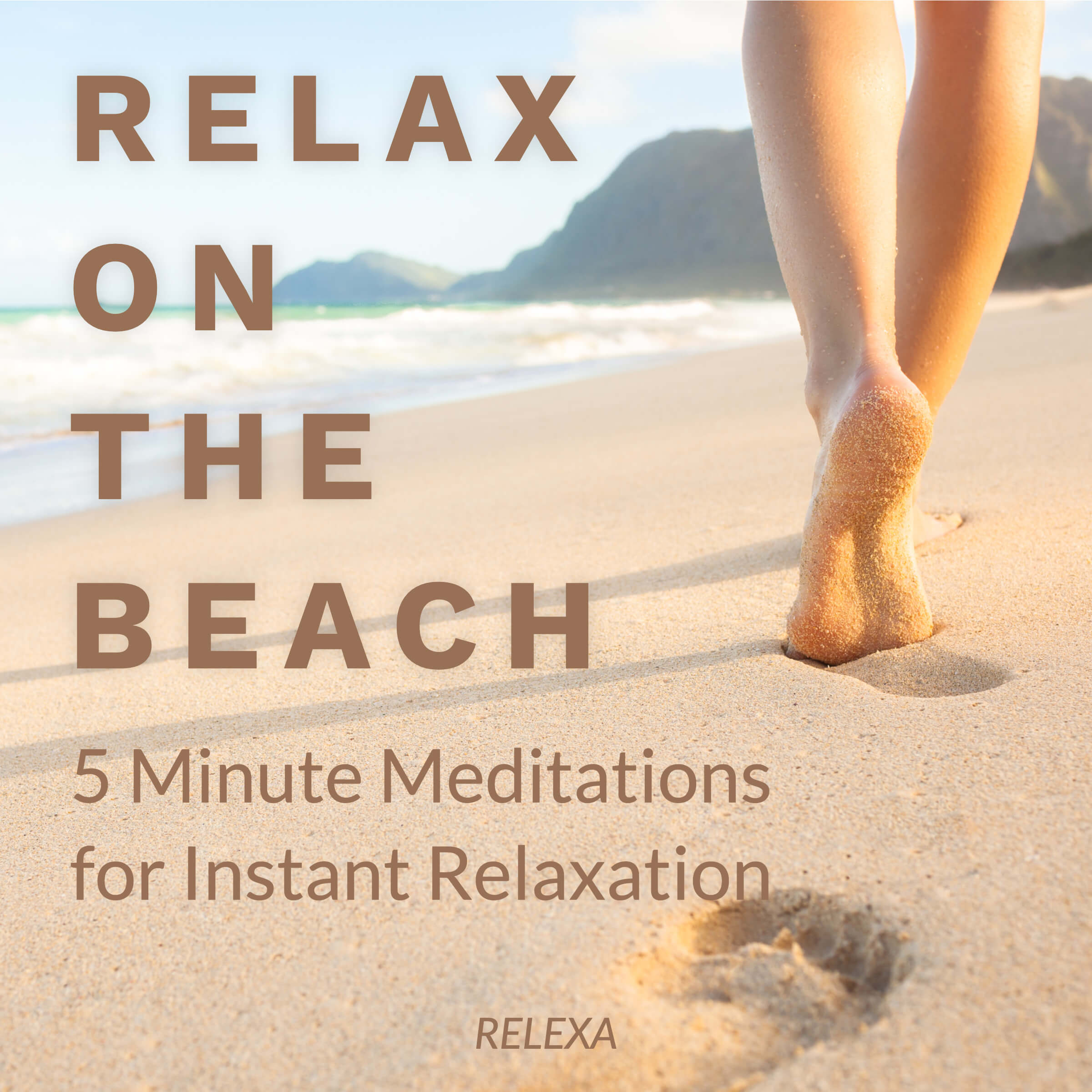Managing Travel Anxiety: Tips for a Stress-Free Journey
Managing Travel Anxiety: Tips for a Stress-Free Journey

01 Understanding Travel Anxiety
Travel anxiety can manifest in various ways, from pre-trip jitters to in-flight panic. It often stems from the fear of the unknown, concerns about safety, or the challenges of navigating a foreign environment. Common triggers for travel anxiety include:
Fear of the Unknown: Traveling to unfamiliar destinations can be intimidating, especially when you don’t speak the local language or know the customs.
Safety Concerns: Travelers often worry about their safety and the safety of their belongings in unfamiliar places.
Logistical Stress: Dealing with flights, accommodations, and transportation can be overwhelming, leading to anxiety about missed connections or lost luggage.
Home Comforts: Being away from the familiar comforts of home, such as your bed or routine, can lead to feelings of homesickness.
Cultural Differences: Misunderstandings or cultural differences can create tension and discomfort.

02 Managing Travel Anxiety
Plan Ahead: Research your destination and plan your itinerary. Knowing what to expect can alleviate the fear of the unknown.
Packing List: Create a packing list to ensure you have everything you need. Being well-prepared can reduce logistical stress.
Travel Insurance: Invest in travel insurance to address safety concerns. Having coverage can provide peace of mind.
Coping Strategies: Develop relaxation techniques or coping strategies to manage anxiety during the trip. Breathing exercises, meditation, or reading can help calm your nerves.
Local Language: Learn a few basic phrases in the local language. Locals often appreciate the effort, which can help you navigate more easily.
Stay Connected: Stay connected with loved ones through messaging or social media to reduce feelings of homesickness.
Stick to Your Routine: Maintain some aspects of your daily routine while traveling, such as exercise or a morning coffee. Familiar habits can provide comfort.
Flexibility: Be adaptable and open to new experiences. Embracing the unexpected can make travel more enjoyable.
“Sweet Dreams on the Go: Embrace Restful Sleep with ‘I Love Sleep’ Audiobook” A restless night’s sleep while traveling can affect your mood and energy levels during the day. To help you achieve a great night’s sleep, we’ve created the perfect solution – our ‘I Love Sleep’ audiobook. Our ‘I Love Sleep’ audiobook is your ultimate companion for achieving peaceful slumber, even when you’re away from your cozy bed. Here’s what you can expect to find inside:
-
- Guided Relaxations: The audiobook features a series of guided relaxation sessions that gently guide you into a state of tranquility. These sessions help you unwind and prepare your mind and body for restful sleep.
-
- Soothing Narration: An experienced narrator will take you through the journey, offering calming reassurances and gentle suggestions to help you release any stress and tension.
-
- Sleep-Inducing Techniques: The audiobook includes effective sleep-inducing techniques that range from deep breathing exercises to progressive muscle relaxation. These are designed to help you drift into sleep quickly and peacefully.
-
- Sleep-Friendly Background: A peaceful, calming background soundscape enhances your listening experience, creating the perfect ambiance for a restful night’s sleep.
Don’t let sleepless nights while traveling dampen your excitement. The ‘I Love Sleep’ audiobook is your key to a great night’s sleep on the go. With its guided relaxations and soothing narrations, it helps you fall asleep quickly and wake up refreshed. Get the audiobook now and ensure your journey is filled with sweet dreams and endless energy.

03 Psychotechnics for constructive thinking about the problemand for overcoming excessive anxiety.
Traveling is a journey of exploration, adventure, and self-discovery. While it offers countless opportunities for new experiences, it can also be a breeding ground for anxiety. The good news is that maintaining a positive attitude can be a powerful tool to counteract those feelings of unease.
- Embrace New Experiences
Instead of dwelling on the unfamiliar and potentially anxiety-inducing aspects of your trip, look at them as opportunities for growth. Embrace new experiences, such as trying local foods, exploring unfamiliar streets, and engaging with different cultures. Each encounter can enrich your journey and broaden your horizons.
- Meet New People
Travel is a fantastic opportunity to meet people from all walks of life. Strike up conversations with fellow travelers, locals, or expats. You’ll be amazed by the friendships you can forge and the stories you’ll collect along the way. These connections can be comforting and inspiring, helping you focus on the positive aspects of your journey.
- Maintain an Open Mind
Be open to the unexpected. Sometimes, the most memorable moments of your trip are unplanned. Whether it’s a hidden gem you discover while wandering or a serendipitous encounter, these unscripted experiences can become cherished memories.
- Seek Personal Growth
Traveling allows you to step out of your comfort zone, face new challenges, and adapt to different environments. View these experiences as opportunities for personal growth. With each challenge you overcome, you’ll build resilience and gain confidence.
- Stay Grateful
Take a moment each day to reflect on what you’re grateful for during your journey. It could be the stunning sunset you witnessed, the delicious meal you enjoyed, or the kindness of a stranger. Practicing gratitude can help you maintain a positive outlook.
- Practice Mindfulness
Mindfulness techniques can help you stay grounded and present during your travels. Engage in meditation or deep breathing exercises to reduce stress and stay focused on the present moment. This can prevent your mind from wandering into anxiety-inducing territory.
- Create Positive Rituals
Establishing positive daily rituals can provide a sense of stability. These could include journaling about your experiences, savoring a local specialty each morning, or taking time to appreciate the beauty around you. These rituals can help you stay connected to the joy of your journey.
- Relax and Recharge: Your Free Guided Relaxation Audiobook for a Blissful Journey.
What’s Inside the Audiobook?
Soothing Narration: The audiobook features a calming, experienced narrator who will guide you through relaxation techniques and soothing imagery, providing a sense of tranquility and ease.
Relaxation Exercises: It includes simple yet effective relaxation exercises and visualizations, helping you release tension and stress. These exercises can be done discreetly during your journey, and they’re suitable for all ages.
Mood-Enhancing Music: The audiobook incorporates gentle, mood-enhancing background music, creating a peaceful atmosphere and helping to keep your spirits high throughout your trip.
Stress Reduction: You’ll find guided relaxations to reduce stress, anxiety, and discomfort. It’s like having a travel companion who’s dedicated to keeping you relaxed.

04 Understanding the Roots of Aerophobia
Aerophobia, also known as aviatophobia, is a prevalent fear that plagues many individuals, preventing them from experiencing the joys of air travel.
Aerophobia can be rooted in various causes, and everyone’s fear may have a unique origin. However, some common factors contribute to this overwhelming apprehension:
- Exposure to Negative Information: Many aerophobes have never personally experienced a traumatic flight. Instead, their fear is often fueled by exposure to alarming news stories, aviation disasters, or even excessive viewing of films related to plane accidents. The mind becomes inundated with these negative impressions, making flying seem perilous.
- Traumatic Past Experiences: Some individuals who suffer from aerophobia may have encountered psychological trauma during a previous flight. This could result from turbulence, a difficult landing, or other in-flight incidents, leaving a lasting emotional scar.
- Pre-existing Phobias: The fear of flying can often intersect with other pre-existing phobias, such as acrophobia (fear of heights) or claustrophobia (fear of enclosed spaces). These phobias may amplify the overall anxiety related to flying.
- Fear Contagion: Being surrounded by anxious fellow passengers can easily infect someone with aerophobia. Observing a nervous seatmate or hearing about their discomfort can have a profound impact and deter an otherwise calm individual from flying.

05 Rationally Approaching the Probability of Air Travel: Overcoming the Fear of Flying
Aerophobia, the fear of flying, can often be rooted in irrational fears and misconceptions. While it’s natural to have concerns, understanding the probabilistic statistical validity of these fears is essential to gaining confidence in air travel.
One way to alleviate the fear of flying is to put it into perspective through probability. When evaluating the safety of air travel, one should consider some key statistics:
- Low Accident Rate: Statistically, the probability of dying in a regular passenger flight crash is extremely low, approximately 1 in 8,000,000. This means the chance of a fatal incident during a typical flight is minuscule.
- Frequency of Flights: To further emphasize this point, even if someone were to fly every day, it would take over 21,000 years to experience a fatal crash, based on these probabilities. This demonstrates the remarkable safety record of commercial aviation.
- Stringent Safety Measures: The aviation industry invests significantly in safety. Airlines are rigorously regulated, and aircraft undergo meticulous maintenance and inspection routines. Pilots receive extensive training, and modern aircraft are equipped with advanced safety features, reducing the risk of accidents.
Conquering the fear of flying requires a rational approach that includes a proper understanding of the low probability of accidents during air travel. By appreciating the statistical validity of these fears, individuals can overcome their apprehension and embrace the countless opportunities for exploration and adventure that air travel offers. It’s important to remember that flying is one of the safest ways to journey across the globe, and understanding this fact is the first step towards a fear-free flight.

06 Here are some strategies to help individuals overcome the fear of flying by rationally assessing the probability of accidents during air travel:
- Education: Learn about the stringent safety measures, maintenance protocols, and pilot training that ensure air travel safety. Familiarize yourself with aviation statistics, understanding how rare accidents genuinely are.
- Exposure: Gradual exposure to air travel can help desensitize individuals to their fears. Start with shorter flights and progressively work up to more extended journeys, building confidence along the way.
- Professional Assistance: Consider seeking professional help, such as cognitive behavioral therapy (CBT). Therapists can assist individuals in reframing their fears, addressing irrational thoughts, and learning coping strategies.
- Relaxation Techniques: Practice relaxation techniques like deep breathing, meditation, or mindfulness exercises to manage anxiety while flying.
- Support Network: Engaging with a support network, whether it’s friends, family, or support groups for individuals with the fear of flying, can provide emotional support and encouragement.
Aerophobia is a complex fear that can be triggered by various factors, but it is not insurmountable. With knowledge, support, and effective techniques, individuals can gradually conquer their fear of flying and once again experience the exhilaration of air travel. By understanding the root causes of aerophobia and seeking help, those who have been grounded by their fear can spread their wings and soar through the skies once more.

07 Anxiety-Free Travel Program with RELEXA App
This comprehensive guide will help you reduce anxiety before and during your travel, making your trip a more enjoyable and serene experience.
🌟 Pre-Trip Preparation: Days Before You Go
- Exercises to relieve stress. Start doing guided relaxation and stress-relieving visualizations with RELEXA a few days before your trip. These include deep breathing techniques, progressive muscle relaxation, and positive visualization. The goal is to set the stage for a calm state of mind.
- Positive Attitude: Start your journey to worry-free travel with careful travel planning. Visualize your upcoming adventure positively. Do guided visualizations with Relexa, focusing your attention on the theme of a successful and happy journey. Focus on the exciting experiences you’ll have rather than potential stressors.
- Guided Meditations: Incorporate guided meditations into your daily routine. These meditations will help you build resilience against anxiety and foster a sense of inner peace. Make it a habit to listen to these meditations daily to reinforce a tranquil mindset.
- Positive Affirmations: Boost your confidence by repeating positive affirmations. These affirmations can be specific to travel, such as “I am a confident traveler,” or more general, like “I welcome new experiences with open arms.” Believe in your power to overcome anxiety.
✈️ In-Flight Stress Management: Your Travel Toolkit
- Stay connected: Use our stress management technology whenever anxiety arises during your trip. The meditation program is your toolkit for the journey when you have the RELEXA app and internet access. Whether you are at the airport or in a hotel, you can access it instantly.
- Guided Relaxation: Use guided relaxation exercises when you are at home, in a hotel, or before traveling and, if possible, during your travel. These exercises will help you maintain a sense of calm even under the stress of travel. (do not use the RELEXA app while driving).
- Breathing techniques. Our fast and effective breathing techniques are designed to provide immediate relief from anxiety. Learn how to do them with guidance and use them yourself during turbulence, before takeoff, or whenever you need a moment of calm.
- Mindful Awareness: Keep a mindful awareness of your surroundings. Focus on your breath, the feel of your seat, or the soothing hum of the plane. This will help ground you and alleviate anxiety during the journey.
🌍 We continue our journey relaxed.
Remember, travel anxiety is a challenge you can conquer. Our Meditation Program equips you with the tools and techniques you need to turn your travel into a serene adventure. Say goodbye to anxiety, and hello to stress-free travel.
Embark on your next journey with confidence, knowing that our Meditation Program is here to guide you toward a calmer, more enjoyable travel experience. Start the program now and make your travel anxiety a thing of the past. Safe travels! 🌄✈️
Before bed, listen to: Meditations for relaxation, good sleep and beautiful dreams.
Doing this meditation regularly for a few weeks before bed will help reduce feelings of anxiety at night.








